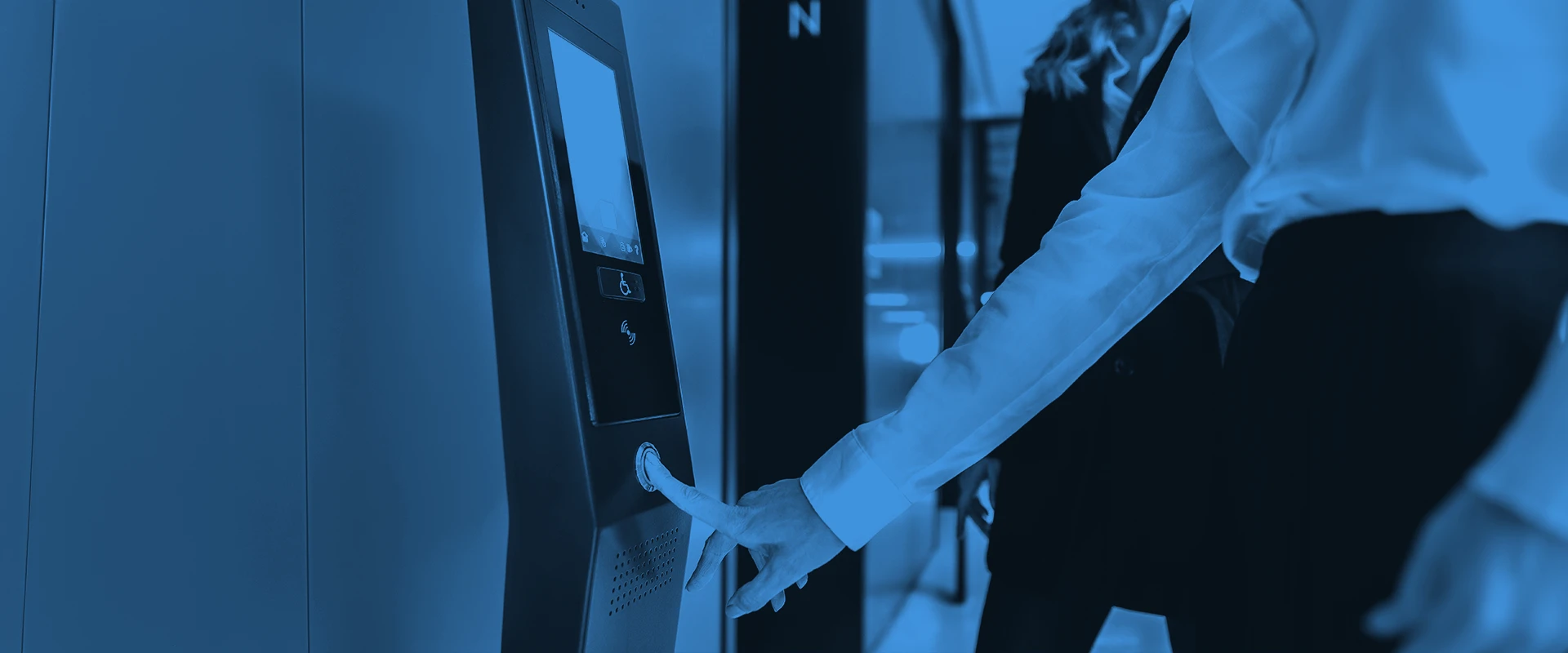Audio security is a critical aspect of maintaining a safe and secure environment in various facilities, whether health institutions, correctional facilities, universities, industrial complexes, and more. As technology advances, the options for audio security solutions have expanded, making it essential for facility managers to carefully select the most suitable system for their specific needs. This guide aims to assist in choosing the best audio security for different types of facilities, emphasizing considerations such as durability, types of audio security systems, and additional features.

How to Select the Best Communication Security for Your Facility

Durability: Ensuring Reliability in Diverse Environments
The first and foremost consideration in selecting audio security for your facility is durability. Facilities vary in environmental conditions, and the audio security system should withstand challenges such as moisture, dust, and potential impact. Similar to security cameras, audio security systems are often rated based on International Electrotechnical Commission (IEC) standards. Facility managers should look for systems with appropriate IP and IK ratings, considering factors like water exposure and potential abuse within the facility.
Types of Audio Security Systems for Various Facilities
Directional Microphones
Directional microphones offer targeted audio monitoring, allowing facility managers to focus on specific areas or conversations. This type of audio security is beneficial in environments where pinpointing sound sources is crucial, such as correctional facilities or university lecture halls.
Integration with Video Systems
Audio security systems can be seamlessly integrated with video surveillance systems. This integration enhances overall security by providing both audio and visual information. Consider compatibility with existing video systems when choosing an audio security solution for your facility.
Audio Threshold Monitoring
Incorporating audio threshold monitoring enables audio security systems to establish predetermined audio levels, generating alerts when the sound exceeds or falls below these set thresholds. This capability proves especially beneficial in identifying uncommon or unexpected noises that could signify potential security risks.

Additional Features and Considerations
Audio Analytics
Just as with video security, audio analytics can be a valuable addition to your facility's security infrastructure. These analytics can include voice recognition, abnormal sound detection, and other advanced features that contribute to early threat detection.
Integration with Access Control Systems
Consider audio security systems that can integrate with access control systems, allowing for coordinated responses to security events. Integration with door control systems, intercoms, and other access control measures enhances the overall effectiveness of your facility's security.
Compliance with Privacy Regulations
When implementing audio security, it's crucial to ensure compliance with privacy regulations. Understand the legal requirements regarding audio recording in your region and choose systems that adhere to these regulations.
Incorporate Neural Network Noise Cancellation
To further enhance audio security, facilities can benefit from incorporating neural network noise cancellation technology. This advanced feature helps in reducing background noise and improving the clarity of audio recordings, ensuring that critical sounds are captured accurately.

